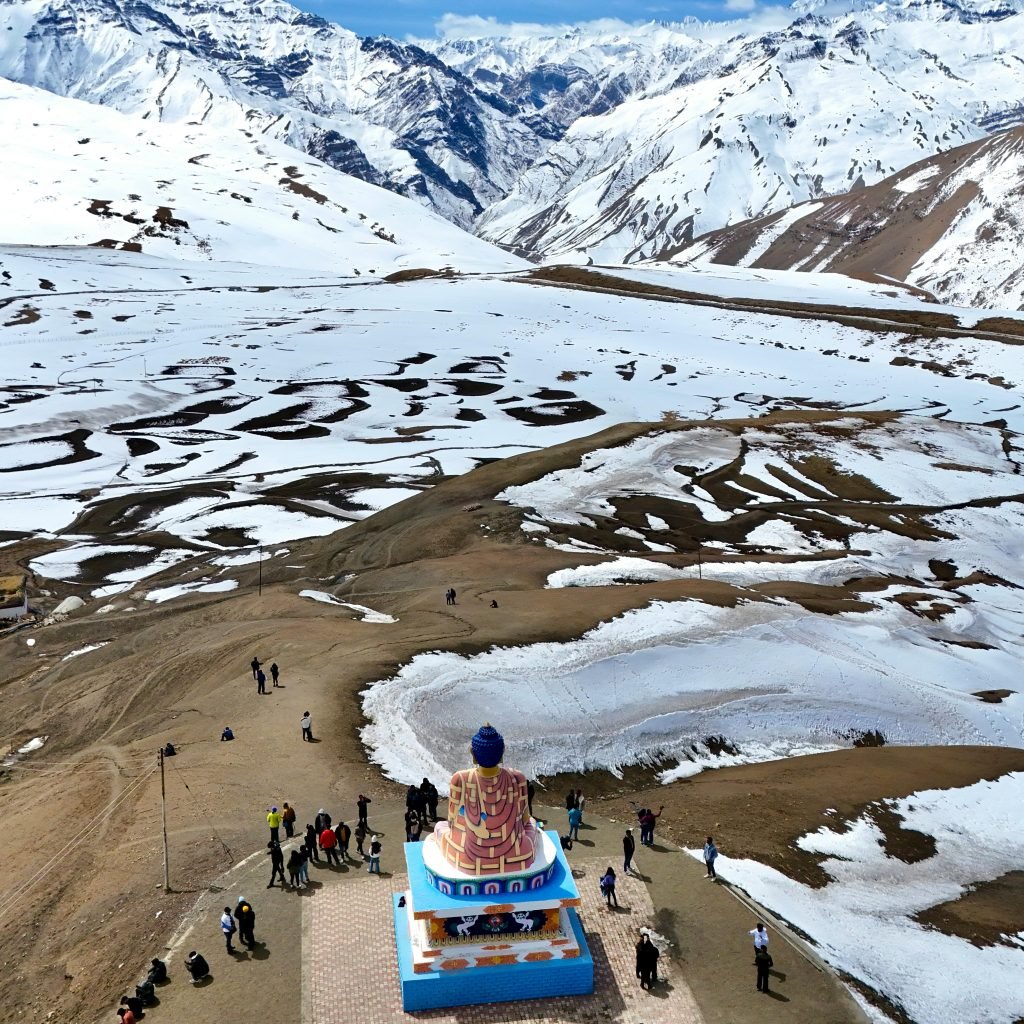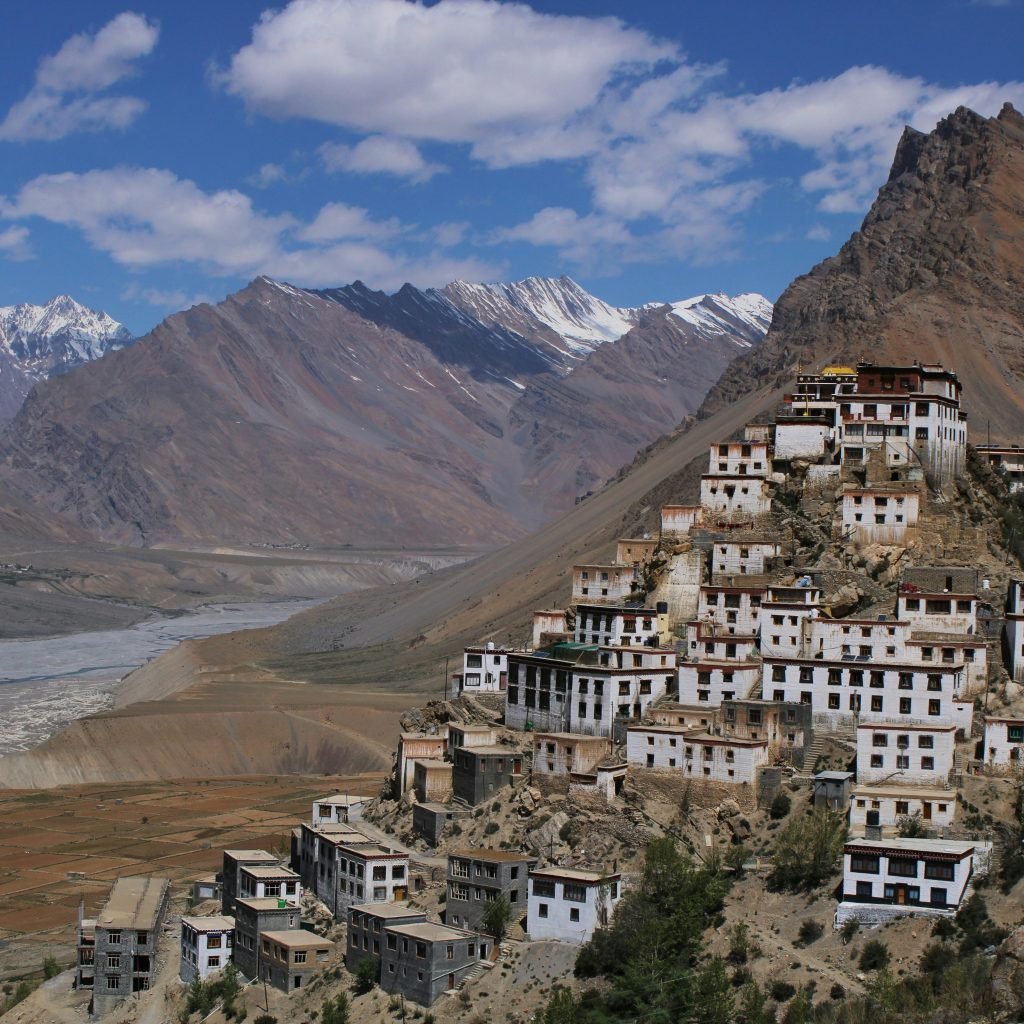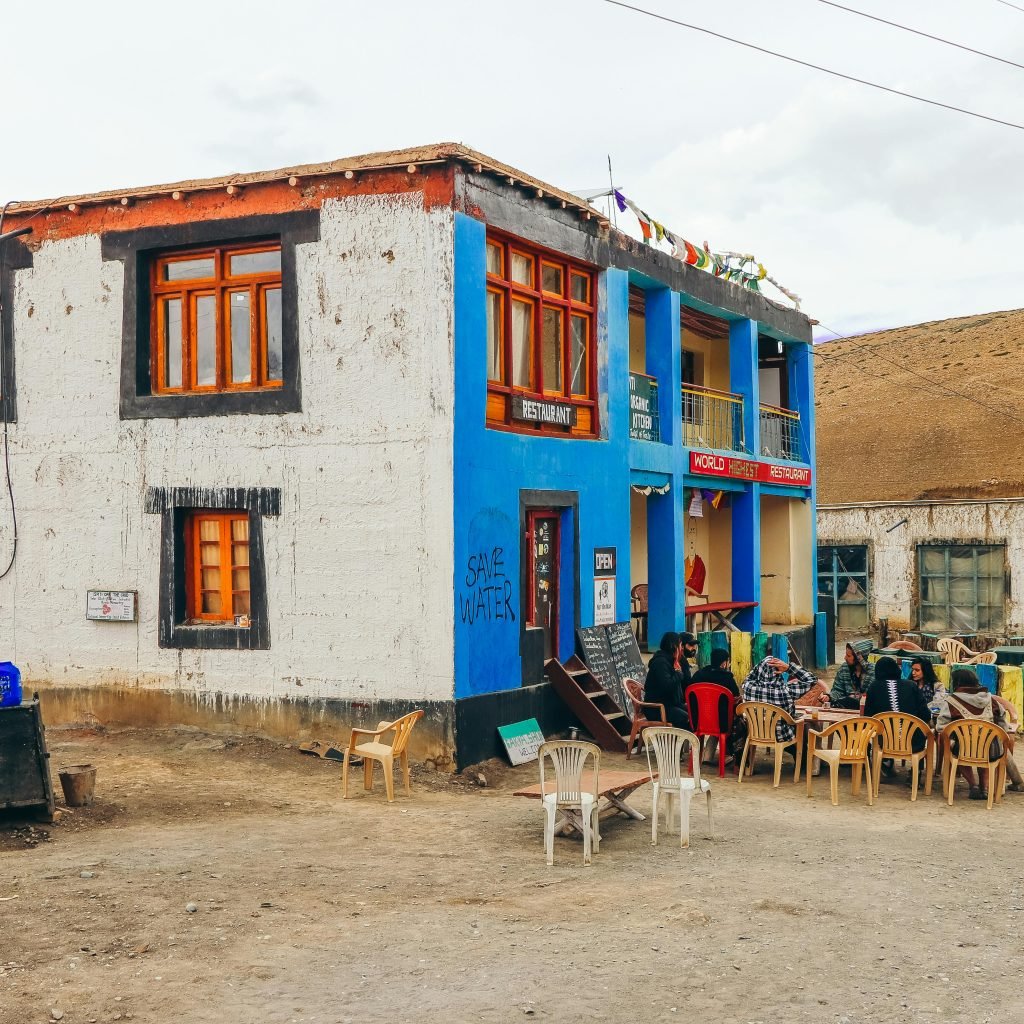Spiti Valley Road Trip: A Complete Travel Guide for Adventurers
Spiti Valley, often called the “Middle Land” between Tibet and India, is a dream destination for adventure seekers and nature lovers. From rugged landscapes to ancient monasteries, Spiti offers an unforgettable experience. Whether you’re planning a Spiti Valley road trip, exploring the Shimla to Spiti Valley route, or looking for the best Spiti Valley homestays, this guide will help you plan the perfect trip.
Best Time to Visit for a Spiti Valley Road Trip
Before planning your journey, it’s essential to understand Spiti Valley weather. The best time to visit Spiti depends on your travel preferences:
Summer (May to September) – Ideal for a Spiti Valley Road Trip
-
- Ideal for road trips, trekking, and sightseeing.
-
- The roads are open, and temperatures range from 15°C to 25°C.
Winter (October to April) – A Challenging Spiti Valley Road Trip
-
- For snow lovers, winter offers a magical white Spiti.
-
- Temperatures drop to -20°C, and many roads may be closed due to heavy snowfall.
How to Reach Spiti Valley
There are two main routes to reach Spiti Valley:
Shimla to Spiti Valley Route (Open all year round)
-
- Shimla – Narkanda – Kalpa – Nako – Tabo – Kaza (Spiti)
-
- This route is ideal for those who prefer a gradual ascent, helping to avoid altitude sickness.
-
- The road remains open throughout the year, except during heavy snowfall.
Manali to Spiti Valley Route (Open from June to October)
-
- Delhi – Manali – Rohtang Pass – Kunzum Pass – Kaza (Spiti)
-
- This route is shorter but more challenging due to rough terrains and river crossings.

Spiti Valley Road Trip Itinerary (7-Day Plan)
Day 1: Shimla to Narkanda
-
- Drive through the scenic mountains.
-
- Visit Hatu Peak for panoramic views.
-
- Overnight stay in Narkanda.
Day 2: Narkanda to Kalpa
-
- Enjoy apple orchards and the breathtaking view of Kinner Kailash.
-
- Visit Roghi village and Suicide Point.
Day 3: Kalpa to Nako to Tabo
-
- Explore Nako Lake.
-
- Visit Tabo Monastery, one of the oldest in Spiti.
Day 4: Tabo to Kaza
-
- Explore Dhankar Monastery.
-
- Reach Kaza, the heart of Spiti Valley.
Day 5: Kaza and Nearby Attractions
Key Monastery Spiti
-
- Visit Key Monastery Spiti, a 1000-year-old Buddhist monastery offering stunning views.
-
- Explore Langza, Hikkim (highest post office), and Komic (one of the highest villages).
Day 6: Kaza to Chandratal
-
- Drive to the mesmerizing Chandratal Lake.
-
- Enjoy camping near the lake.
Day 7: Chandratal to Manali (or back via Shimla)
-
- Drive through Kunzum Pass and Rohtang Pass.
-
- End of the journey in Manali.



Where to Stay: Best Spiti Valley Homestays
Homestays are available at all major locations on the Spiti Valley circuit, including Narkanda, Kalpa, Tabo, and Kaza. However, at Chandratal Lake, accommodation is only available in camps. A Spiti Valley tour is about experiencing the raw beauty of the Himalayas, enjoying scenic road trips, and staying in cozy homestays rather than luxury hotels. Best Spiti Valley Homestays
All homestays offer local hospitality, home-cooked food, and a chance to experience Spitian culture.
Transport & Car Rental for Spiti Road Trip
To explore Spiti, you can opt for Spiti Valley cab booking or self-drive options:
Spiti Valley Cab Booking & Rentals
- Car rental for Spiti trip: SUV or 4×4 vehicles are recommended due to rough terrain.
- Taxi services: Available from Chandigarh Manali, Shimla,
- Bikes: Bike rentals are popular among adventure enthusiasts.
Essential Travel Tips for a Spiti Valley Road Trip
Permits & Documentation
- Permit: Indian travelers don’t need permits, but foreigners need an Inner Line Permit.
Spiti Valley Trip – Road & Fuel Information
1 Best Route:
- Via Shimla (Open Year-Round): Chandiagar → Narkanda → Kalpa → Tabo → Kaza → Kalpa → Shimla → Chandigarh
- Via Shimla / Manali (Only June–Oct): Chandiagar → Narkanda → Kalpa → Tabo → Kaza → Kalpa → Kunzum Pass Chandratal Lake → Manali → Chandigarh (road conditions are rough).
2 Road Conditions:
- Shimla Route: Better roads but prone to landslides in monsoon.
- Manali Route: Rocky, steep, and challenging; Kunzum Pass can be tricky.
3 Fuel Availability:
- Last Petrol Pumps:
- Reckong Peo (Shimla route)
- Kaza (last fuel station in Spiti)
- Carry Extra Fuel: No pumps between Kaza and Manali, so keep a jerry can.
4 Driving Tips:
- Use a 4×4 or high-ground-clearance vehicle.
- Avoid night driving; roads have blind turns & landslide zones.


Spiti Valley Health & Safety Tips
Ø Acclimatization – Spend a day in Narkanda/Kalpa, stay hydrated, and carry Diamox (consult doctor) for altitude sickness.
Ø Road Safety – Roads are rough; use 4×4 or high-ground-clearance vehicles and drive cautiously.
Ø Weather Readiness – Carry warm layers, gloves, and a windproof jacket; winters drop to -20°C.
Ø Medical Care – Limited hospitals; bring a personal medical kit and basic medicines.
Ø Food & Water – Eat fresh, avoid raw food, and drink boiled or bottled water.
Ø Network & Cash – Only BSNL/Jio work in Kaza; carry offline maps & cash.
Ø Permits & ID – Foreigners need an Inner Line Permit (ILP); carry ID & vehicle papers.
Ø Environment & Wildlife – No littering, respect local culture, and inform locals before trekking.
Conclusion
A Spiti Valley road trip is a once-in-a-lifetime experience, offering breathtaking landscapes, ancient monasteries, and warm hospitality. Whether you travel via the Shimla to Spiti Valley route, stay in Spiti Valley homestays, or visit Key Monastery Spiti, this destination promises an unforgettable adventure. So, pack your bags and get ready to explore the magical land of Spiti!
Need help planning your trip by Sketch India Journeys ? Let us know in the comments below



Comment (0)